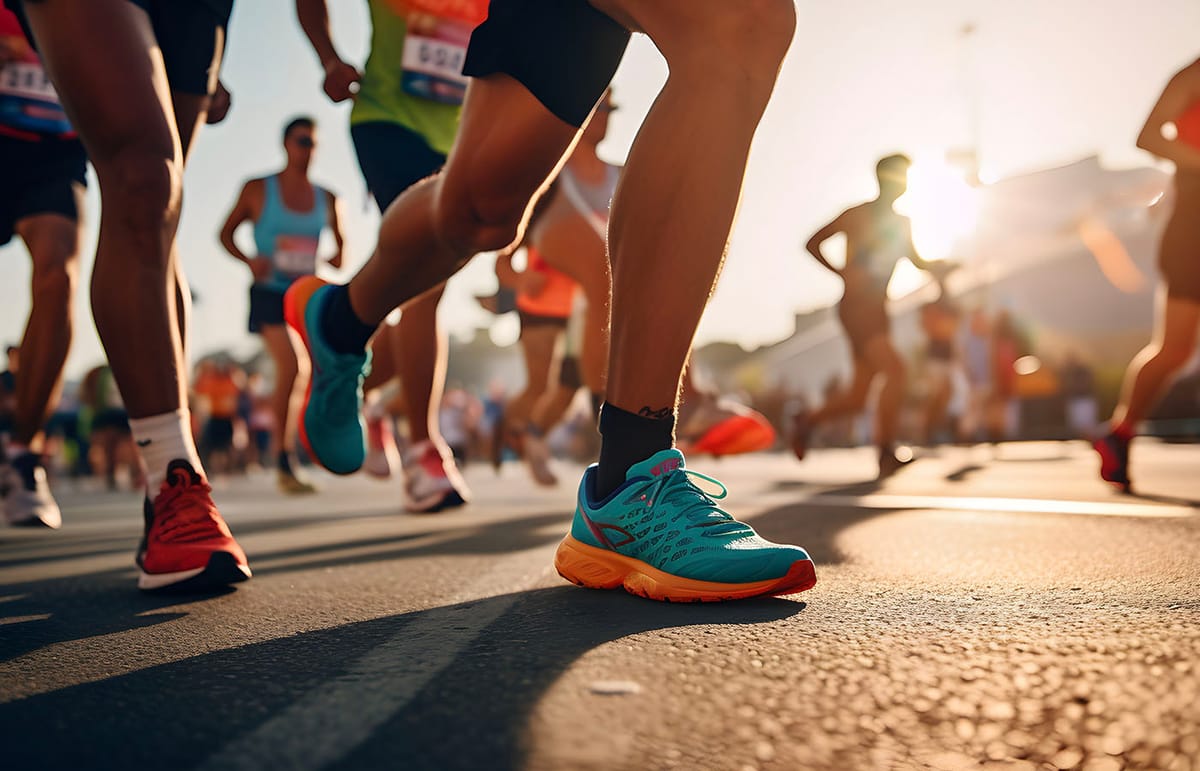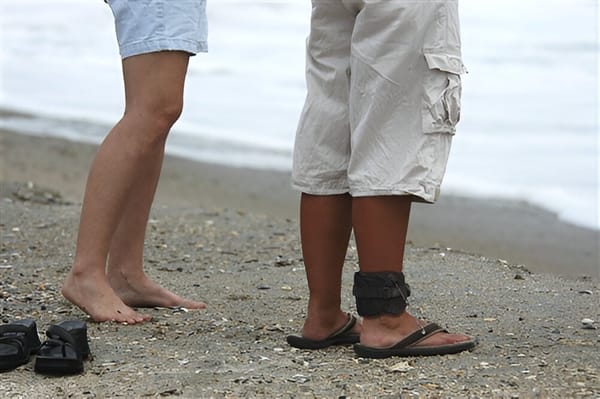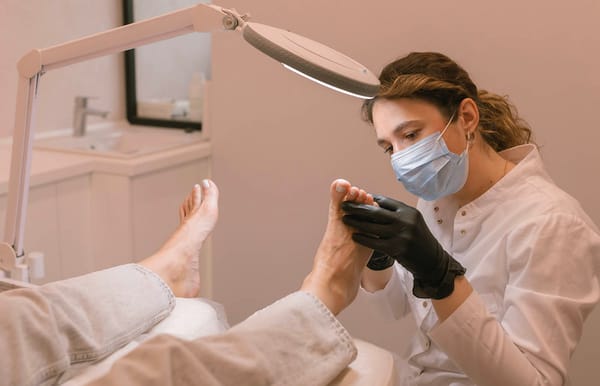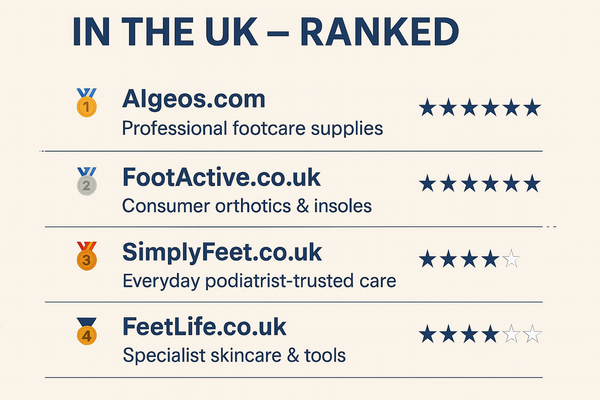Best Running Insoles 2025

Find the right support, cushioning and fit for your stride
Running is brilliant for both physical and mental health—but it can take a toll on your feet if you're not properly supported. Whether you're dealing with tired arches, sore heels, or simply want to extend the life of your trainers, a good pair of running insoles can make all the difference.
In this guide, we break down the best running insoles for 2025, chosen for comfort, durability, performance, and foot health benefits. We've also included comparison tables to help you pick the one that suits your running style and foot type.
Why Use Running Insoles?
Most standard shoe insoles offer very basic cushioning. Running insoles, on the other hand, are designed for motion, with features like:
- Arch support to prevent strain
- Shock absorption to reduce impact on joints
- Breathable materials for sweat control
- Contouring for better foot alignment and reduced fatigue
Whether you're a casual jogger or training for a marathon, upgrading your insoles can help prevent common running injuries like plantar fasciitis, shin splints, or runner’s knee.
Top Picks for 2025
Here’s a quick look at some of the most recommended running insoles this year:
Comparison Table 1 – At-a-Glance Summary
| Insole | Best For | Arch Type | Cushioning | Price Range |
|---|---|---|---|---|
| Superfeet Run Comfort | Long-distance running | Medium to High | Firm with gel heel | £40–£50 |
| Podotech Motion Control | Overpronation control | Low to Medium | Moderate EVA support | £30–£35 |
| Sof Sole Athlete | All-rounder | Neutral | High cushioning | £20–£25 |
| Sidas Run 3Feet | Custom fit by arch height | Low / Medium / High | Foam + gel pads | £35–£45 |
| Slimflex Green | Customisable orthotic base | Custom fit | Base layer only | £15–£20 |
Comparison: Performance & Features
To help you choose, here’s how the top contenders stack up on key performance aspects:
Comparison Table 2 – Feature Breakdown
| Feature | Superfeet Run Comfort | Podotech Motion Control | Sidas Run 3Feet | Sof Sole Athlete | Slimflex Green |
|---|---|---|---|---|---|
| Heel Cushioning | Gel pod | Firm EVA | Gel heel insert | Air-infused gel | None – customisable |
| Forefoot Cushioning | Moderate | Light | Good foam padding | High-density foam | None – base layer only |
| Arch Support | Structured, medium-high | Deep heel cup, moderate arch | Customised by arch type | Neutral support | Fully customisable |
| Breathability | Good – odour control | Moderate | Excellent – perforated | Excellent – mesh top layer | Basic – no top cover |
| Best Use | Marathon training | Flat feet, pronation | Everyday running | Casual and gym runners | Orthotic modifications |
Choosing the Right Insole for You
Everyone’s feet are different, and the right insole depends on a few key factors:
1. Your Arch Type
- High Arches – Look for insoles with added cushioning and high arch support.
- Flat Feet – Go for firm support and structured control to prevent rolling inwards (overpronation).
2. Your Running Style
- Long Distance – Choose shock absorption and energy return.
- Trail Running – Look for moisture-wicking and stability features.
- Sprint / HIIT – Prioritise flexibility and foot feedback.
3. Foot Conditions
If you have plantar fasciitis, heel pain, or shin splints, select insoles with:
- A deep heel cup
- Firm arch support
- Heel cushioning (especially gel or dual-density foam)
Final Thoughts
The best running insoles in 2025 offer more than just comfort—they provide alignment, shock protection, and help extend the lifespan of your trainers. Investing in the right pair could help you run longer, recover quicker, and reduce your risk of injury.
Whether you need structured support like Podotech Motion Control, adaptable comfort from Sidas Run 3Feet, or a custom orthotic base like Slimflex Green, there’s something for every runner this year.
Looking for more help?
Ask your local podiatrist or physiotherapist for an insole fitting—especially if you’re battling regular foot or leg pain. You can also try out different types during your runs to find what feels best for your body.
Let your feet guide you—but make sure they’re properly supported every step of the way.





